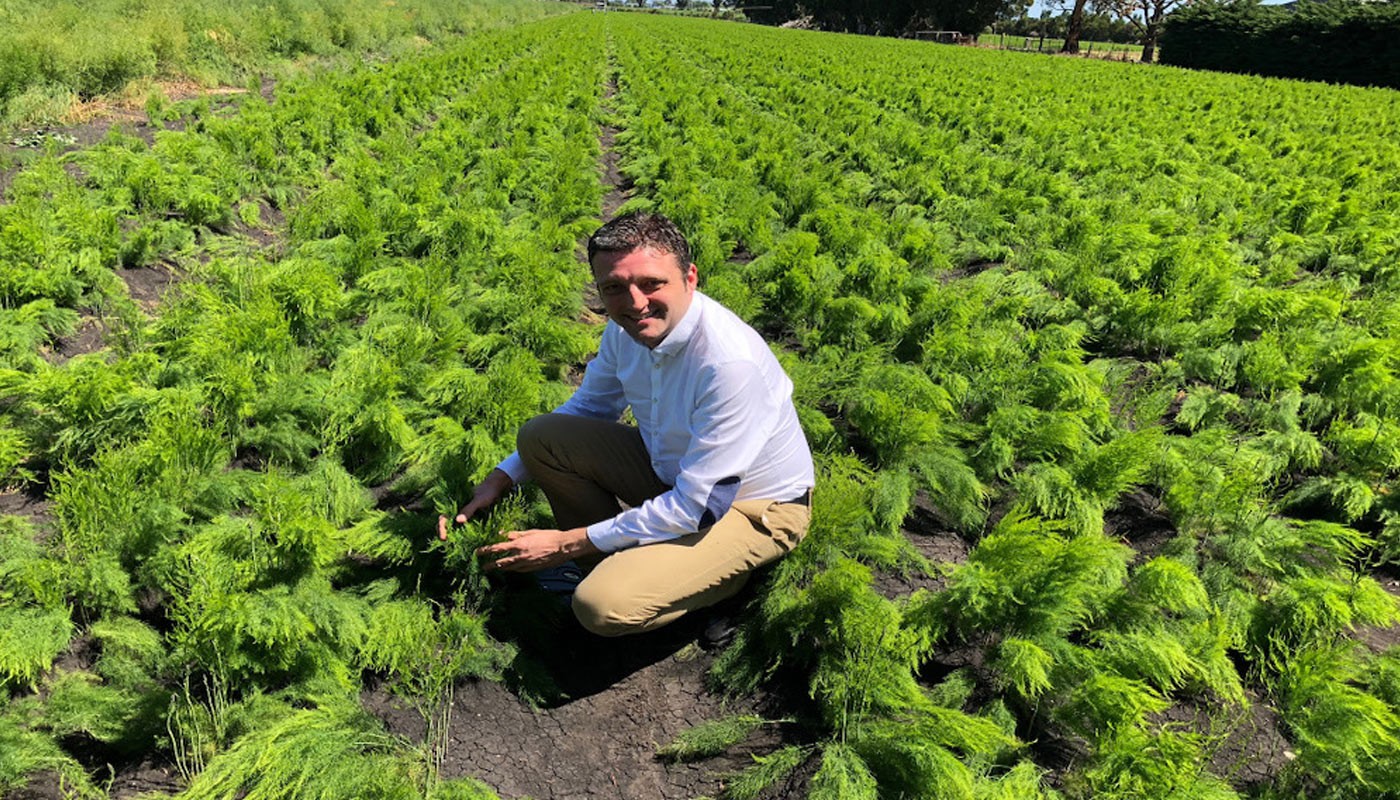This blog post will pick up on some of the areas not covered in the first three instalments as well as look at the future opportunities and challenges for asparagus production in New Zealand.
The most recent harvesting season in the country was characterised by wet weather. As a result, there was a dramatic effect on yields due to the soil borne disease, Phytophthora. This can cause economic crop losses at its most severe and one of the main challenges with it is that 90% of the problem is below the soil surface. As a result, it is often not even identified as an issue. Prevention methods for Phytophthora were covered in part 2 of this blog series.
There are very few tunnels currently in use in asparagus production in New Zealand. The main reason for this is the risk of high winds. However, some growers are experimenting with them to bring forward the start of the harvest period.
The topic of early declining asparagus crops is a large one all across the industry, the world over. Scientists in New Zealand have carried out a great deal of work in this area with a focus on the impact of viruses. If you are interested to learn more, please make contact with us and we’ll share a scientific paper on the matter.
The asparagus industry in the country faces a number of challenges over the coming years. One key area is with regards to the cost of labour. The current minimum wage is $16.75NZD / hour and this will increase to
$20NZD in 2020. There is a reported lack of talented young people from New Zealand that are interested to get into horticulture in general and this is an issue facing asparagus production as much as other crops. A final area of challenge is to update the mind-set of some grower groups from that of agriculturalists to that of intensive horticulturalists. The asparagus crop will need this way of thinking more and more in the future.
On the flipside, there are a number of real opportunities in front of the Kiwi asparagus producer. For example, there is plenty of suitable land available for new production areas. Further, a recent free trade agreement, known as the Trans-Pacific Partnership, has opened up a range of other markets for exports. In addition, it will make it easier to import asparagus out of season and as has been demonstrated elsewhere, 12-month supply helps to grow the domestic season even further. One final point is that almost all successful crops in New Zealand have a local breeding program to introduce improved varieties. Asparagus is no different in this respect. There is a wide range of new hybrids, such as Pacific Green, Pacific, Challenger 1 and 2, Pacific Summit and Pacific Endeavour being introduced that will help to drive forward the industry even more through improved yields and spear quality.
We hope you have enjoyed our 4-part summary on the New Zealand asparagus industry and look forward to receiving and questions or feedback you may have.

